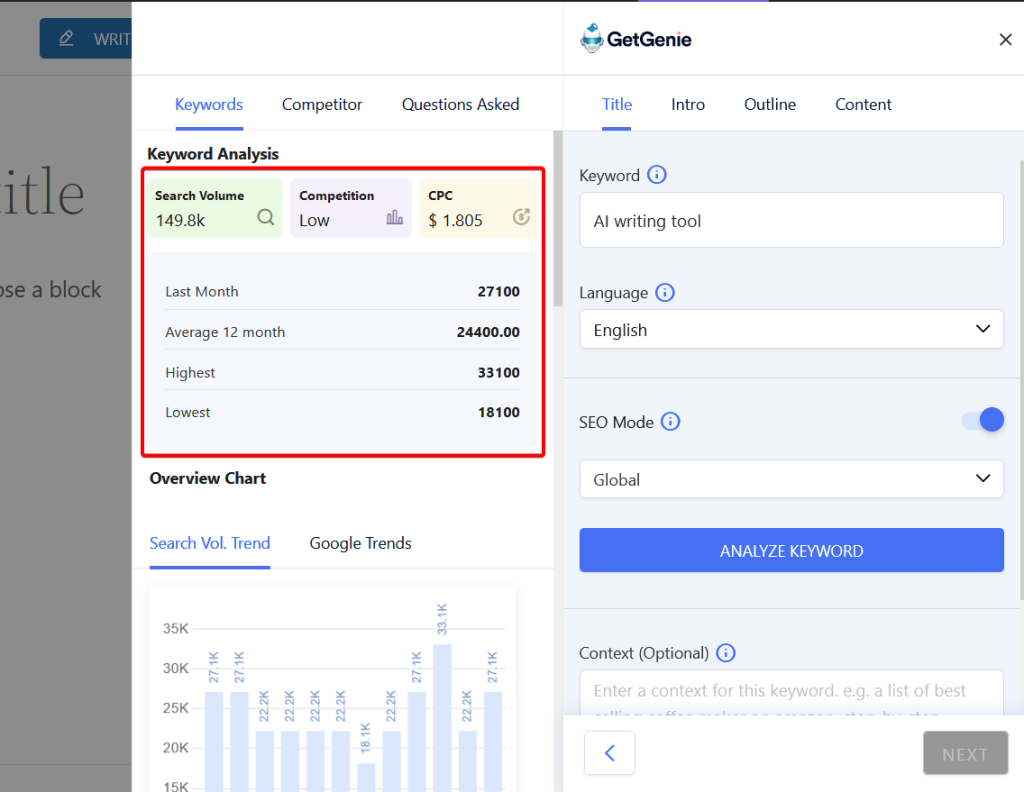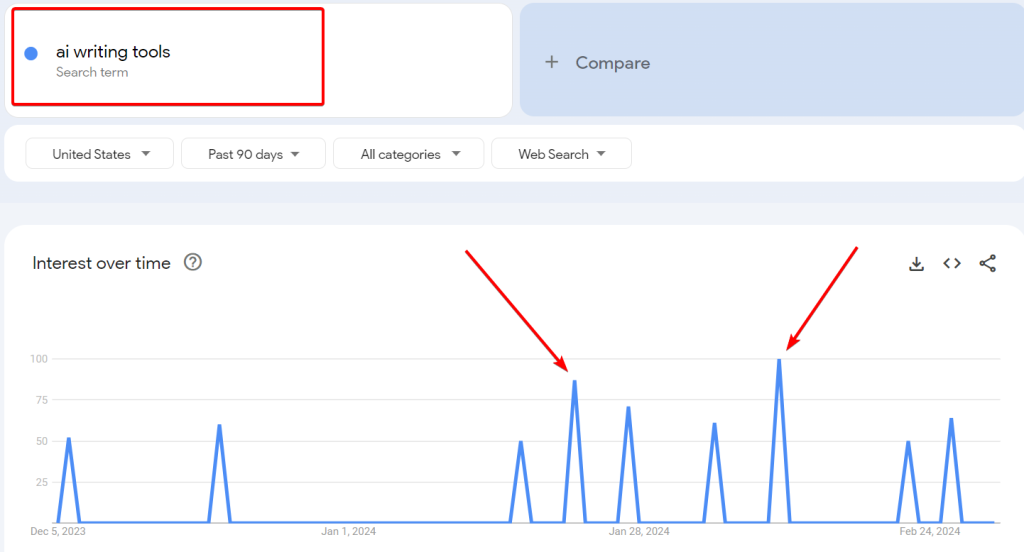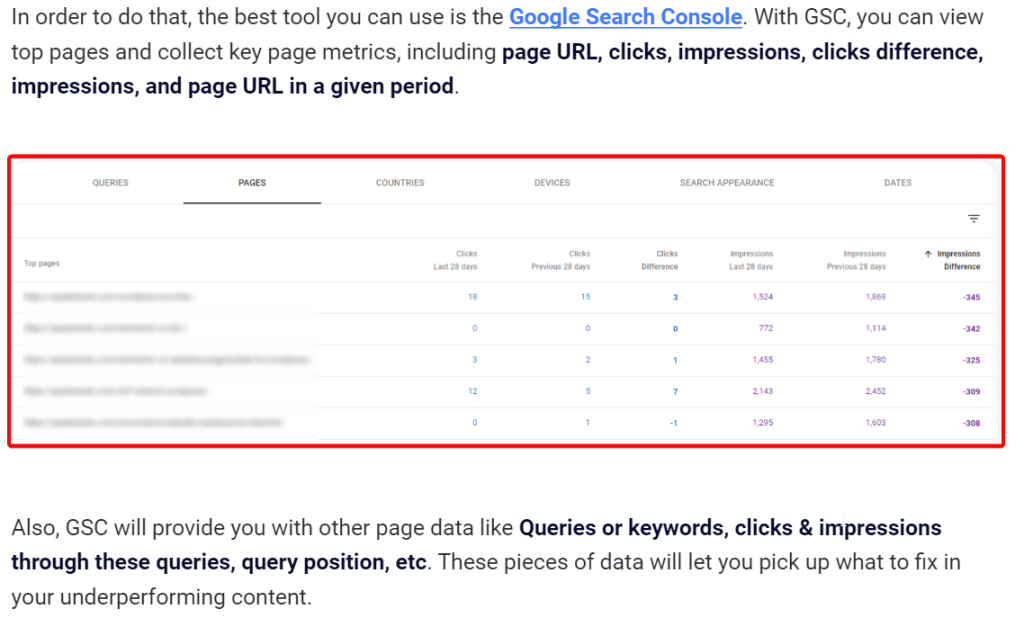Effective On-page Optimization Guide: Keys to Your SEO Success

When you write website content, one of your primary goals is to drive organic traffic through it by ranking keywords and keyphrases. For that, you have to rank higher in search engines like Google.
On-page optimization or SEO is crucial in enhancing your website’s chances of hitting upward spots in the SERPs. Various factors come into play in on-page optimization, including relevant & search intent-friendly content, proper title tags, relevant internal links, and optimized URLs.
In this write-up, I will cover the ins and outs of on-page optimization and show you effective methods of nailing the on-page optimization efforts.
Understanding on-page optimization
On-page SEO implies the optimization of website structure and content – anything that is on the page, whether in the back-end or front-end. It focuses on assisting Google and searchers to better understand and digest your content.
Some of the tool types used for on-page optimization include on-page analysis tools, content optimization tools, site crawlers, page speed insights, and analytics tools.
On-page SEO is Important – Why?
Many people start thinking about placing keywords to implement their on-page SEO. Some go to the extent of cramming keywords into their pages and posts which is a wrong approach.
In fact, a well-optimized page makes sure readers find what they’re hunting for without forcing them to look for relevant info in other locations.
Focus on the following factors in 2024 to understand if your content is well-optimized —
- UX or user experience
- Bounce rate & dwell time
- Content quality & search Intent
- Page loading speed
- Click-through-rate & conversion rate
How to Nail On-page Optimization
While applying on-page optimization tasks, you have to focus on multiple factors to get an optimized post. The following tips will help you do that —
Conduct Keyword Research
Firstly, go for keyword research as you can’t do any of the steps for a post if you don’t know what keyword you’re targeting. Let’s check out how to do keyword research in a nutshell —

- You will do most of your keyword research in blog posts but other pages also require keyword targeting.
- Leverage keyword research tools to discover keywords with decent volume and low competition.
- Target one keyword or keyword theme per page, which means, your focus keyword should be one keyword. For example, this post targets the keyword “on-page optimization”. But you can also optimize this post for other related keywords like “on-page SEO checklist” and “what is on-page SEO”.
Match with Search Intent
Search intent carries a lot of weight in search, so understanding it lets you know what users are searching for and what you need to deliver in your content.
Emphasize the following factors while considering the search intent —

- Content type – What type of content is trending? Figure out if it’s a blog post, product page, video, or something else through Google Trends.
- Content format – Your blog posts include some usual formats that include how-to guides, list posts, reviews, comparisons, etc.
- Content angle – Find a unique perspective and approach to present your content. This will appeal to the readers and keep them glued to your content.
Write Helpful Content & Cover Your Topic Holistically
One of the most crucial on-site SEO steps is to consider creating top-notch and helpful content that aligns with your readers’ search intent.
Let’s say the topic of your content piece is “How to Improve WooCommerce Checkout Process?”. To provide value in this content piece, provide info that will provide real value to the readers. Offer insightful data that makes your readers feel like “Yeah, that’s what I need!”

You can add examples of how customers applied your tips and got monetary results. Also, how they smoothened their checkout process to maximize customer satisfaction.
Additionally, focus on content coverage. If your content covers relevant subtopics, it’s more likely to fulfill searchers’ expectations. On top of that, it can rank for more relevant keywords and get high traffic consequently.
Take a look at the top-ranking pages to find clues on how to go about it. You can manually analyze their pieces and find out how deep they go into the subject, etc.
For example, some of the top-ranking pages for “how to use AI writing tools” can include top AI content writing tools that can be your weapons to do the job.
Write an Engaging Title Tag
Title tags often dictate which result to click on as they provide the main piece of info about a post. So, strive to make them catchy and attention-grabbing. A few tips to follow —
- Keep them concise – Below 70 characters to avoid truncation.
- Align with search intent – Inform searchers you have what they want.
- Be descriptive and specific – Don’t be hazy or generic.
- Incorporate the keyword – Tap into a close variation if it makes more sense.
- Include the year if required – Some topics may demand freshness and grip readers with the current year mentioned.
Insert Focus Keywords Tactically
You have already got your target keyword while performing keyword research. Now, it’s time to technically insert them in your content piece.
Google as per its algorithm, scans your content to view what a page is about and readers will likely do the same.
So you should incorporate your focus keyword in these key areas:
- Heading 1
- First paragraph ideally
- Subheaders
- Throughout your content piece naturally & contextually
With these implementations, Google will gain context about the topic of your page. Also, users can make out whether the page aligns with their search intent.
Optimize Your Visuals & Images
When you incorporate images in your posts, the chances of ranking in Google Images mount. This is another superb way to get additional organic traffic to your site.
A cool way to start optimizing your images is by writing descriptive alt text for them.
Alt text or alternative text is text incorporated in HTML code that outlines an image on a webpage. It has two primary goals —
- Provides context for search engine crawlers
- Lets people using screen readers to hear descriptions of images
Useful tips for writing your image alt-text —
- Keep it succinct – Screen readers don’t continue reading alt text after about 125 characters.
- Include Your Focus keyword – Incorporate your target keyword for context.
- Avoid including “image of” or “picture of” – Alt text by definition, describes an image, so you don’t need to waste characters on these phrases.
Don’t Forget to Optimize URLs
Google recommends using short and simple URLs that don’t look “cryptic” or intimidating. In other words, use words that are pertinent to your post so users can tell what your page is about.
Avoid using random numbers, publish dates, and full sentences in URLs too. Another best practice is to use your focus keyword in the URL to ensure your URL matches the topic of your content.
It’s a Wrap!
On-page optimization is one of the key SEO factors that you must emphasize to boost your chances of ranking higher in Google and gaining organic traffic. But remember, it’s not a one-shot process.
You have to keep making changes to your on-page optimization tasks over time to hold your high-ranking spots. And the good thing is that now you know all the actionable steps of on-page optimization strategies.
So, just go for it once you finish writing your post whether it’s a blog post, homepage, or any other webpage you want to rank in Google!

